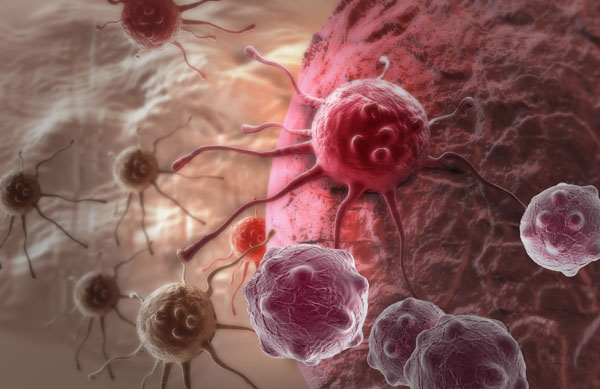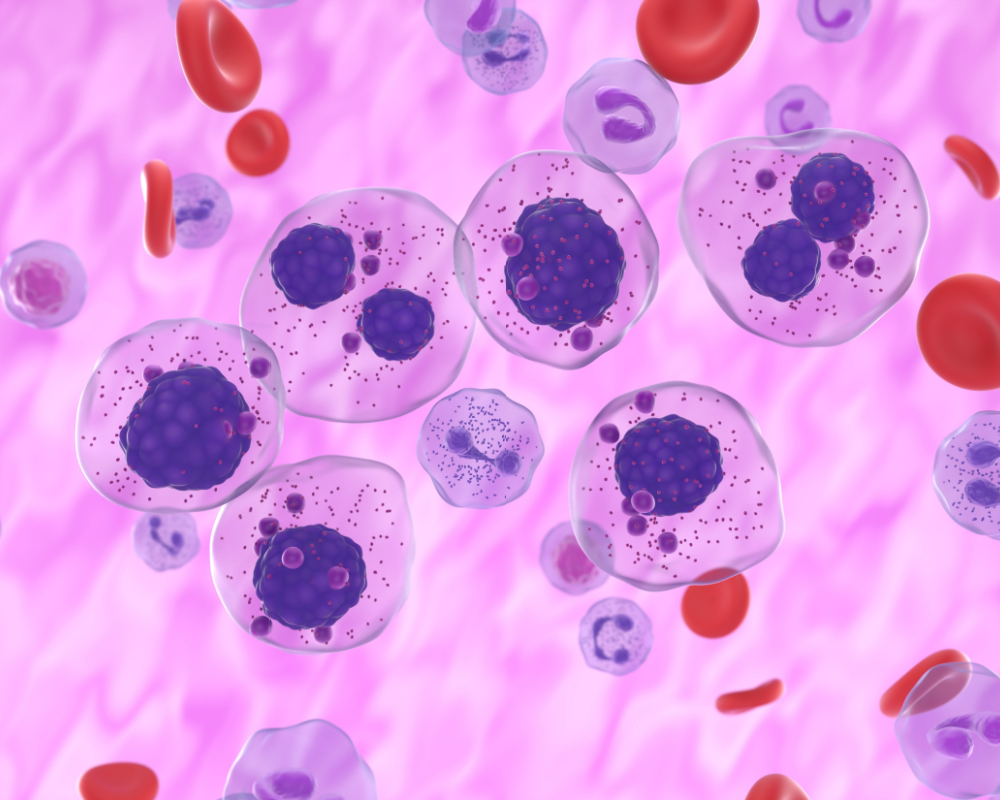Genentech researchers have identified the mechanisms behind resistance to checkpoint inhibitor therapies in cancer patients, and have proposed a way to overcome it. The results of the study were presented at the ESMO Immuno Oncology Congress 2017.
Therapeutic antibodies such as Genentech’s Tecentriq (atezolizumab) block the programmed death ligand 1(PD-L1) / programmed death 1 (PD-1) pathway to treat patients with various cancers, including bladder cancer. However, not all patients are responsive to this therapy, prompting researchers to investigate this further.
“Understanding why the remaining 70 to 80 percent are resistant would enable us to target the mechanism with an additional drug and extend the benefits of checkpoint inhibitors to more patients,” said lead author Dr. Sanjeev Mariathasan, Senior Scientist, Oncology Biomarker Department, Genentech.
Mariathasan and his team conducted a 300-patient biomarker study to determine the mechanisms behind checkpoint inhibitor resistance. The IMvigor210 study involved multiple methods of analysis, including genome sequencing, RNA expression analysis, and immunohistochemistry.
They found that tumors with a high mutation burden, and those containing T cells were most responsive to immunotherapy. In contrast, tumors expressing cytokine TGF-β were more likely to be resistant to therapy.
Upon further study, the researchers were able to categorize treatment-resistant cancers into three groups based on their tumor microenvironments:
- In contrast, tumors expression Immune desert – 25 percent of bladder cancers were found to have few T cells
- T cell excluded tumors – 50 percent of bladder cancers showed T cells in the stromal microenvironment outside of the tumor
- T cell inflamed tumors – 25 percent of bladder cancers have T cells that had made their way into the tumor
In the most common type (the T cell excluded tumors) Mariathasan and his colleagues postulated that the tumor may secrete a collagen-rich substance that prevents T cells from being able to penetrate the tumor. The researchers found that these tumor types overexpressed TGF-β and TGF-β-induced stromal genes, and decided to test whether an inhibitor of these genes might improve the efficacy of checkpoint inhibitor therapies.
After testing a number of different combinations, the researchers found that anti-TGF-β plus anti-PD-L1was able to reduce TGF-β activity in the cells and promote entry of T cells into the tumor.
“This suggests that giving anti-TGF-β and anti-PD-L1 together can remodel the stromal microenvironment and allow T cells into the tumour,” said Mariathasan. “The ‘T cell excluded’ phenotype is common in other cancers such as lung, pancreatic and colorectal, so this combination therapy could be tested in a wider group.”
According to the researchers, more effective anti-TGF-β agents will need to be developed to increase the efficacy of immunotherapy agents. While further research is necessary, determining a patient’s TGF-β before administering treatment may improve patient outcomes for some solid cancer types.












Join or login to leave a comment
JOIN LOGIN